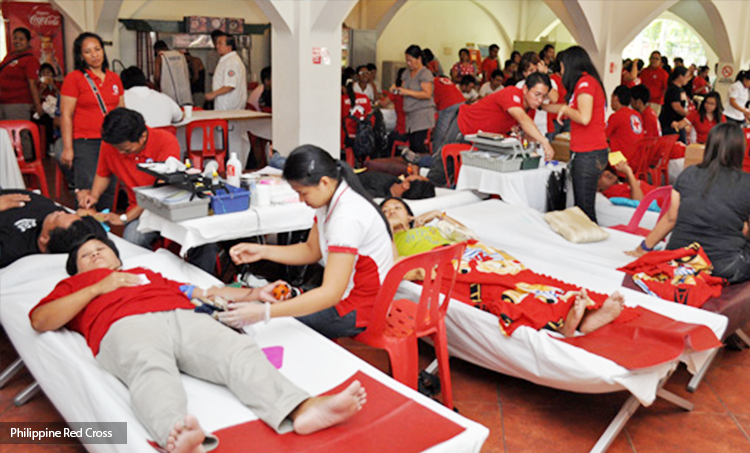Region VI in the Philippines is facing its worst dengue outbreak in decades. The Department of Health has declared a state of emergency in the region as doctors and foreign relief are being channeled to Region VI. With only 11 hospitals and a few dozen health units in the rural areas, the worst is yet to come in the dengue peak months of September.
Despite the alarm, it is worthy to note that the situation could have been exponentially worse. A report from the Department of Health in January of 2019 highlighted the depleting blood supply in Region VI. In response, the provincial government began calling for blood donations. This foresight would eventually help save hundreds of lives.
A few days after the first blood drives began, January to March of 2019 reported 1,846 cases of dengue. In a matter of two months, numbers would skyrocket in July with 15,746 cases. By August, 23,216 cases were reported.
The Provincial Capitol of Iloilo, governmental agencies, and several non-governmental organizations have banded together to organize blood drives for the event. The Red Cross alongside a multitude of local and national clubs, fraternities, private businesses and shops have conducted close to over three dozen blood drives over the course of the year.
The response has been overwhelming to the point that the Department of Health was confident enough to claim that in its current state, the blood supply will see the population through. Although the outbreak is far from over, Filipinos are banding together to donate blood and cleanup schools, plazas, and their own backyards to fight back against dengue.


